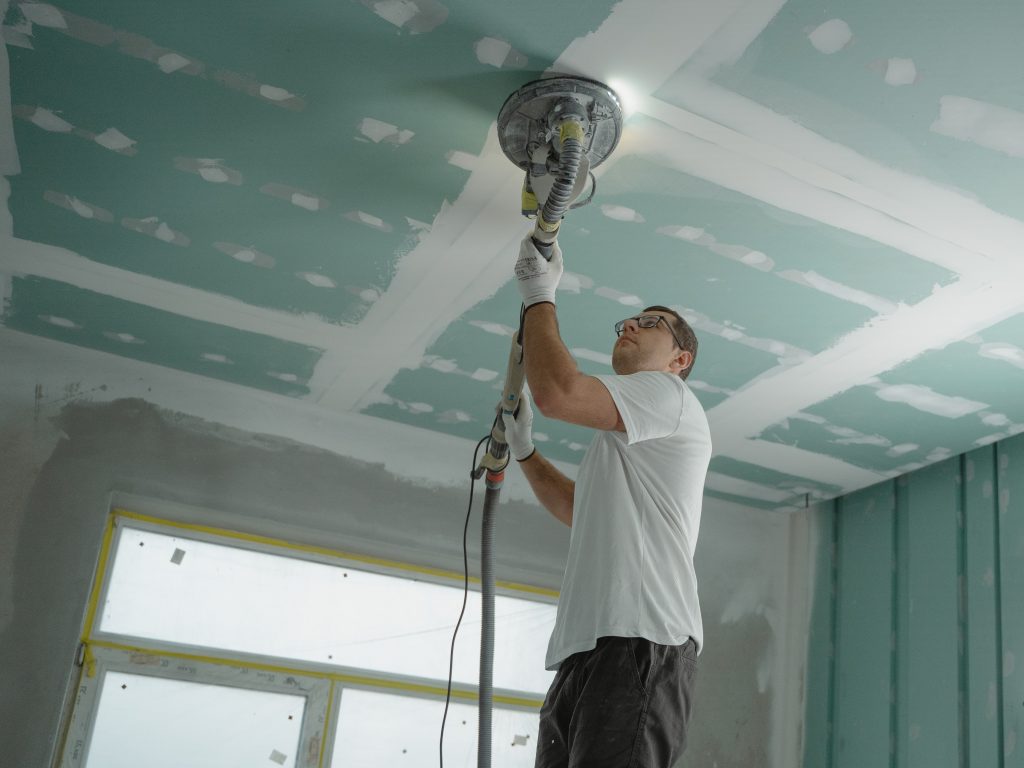Which Type of Roof is Better For the Snow?


When it comes to a new roof, you’ll have many decisions. Which type of roof is better for the snow? You can opt for synthetic shingles, clay, slate tile, or metal shingles. Each has its advantages and disadvantages. Which is the best option for your home?
Synthetic shingles
For homeowners living in cold climates, choosing a roofing material that can withstand harsh weather conditions is important. It is also essential to select a material that insulates and reduces the need for heating.
The roofing materials used in cold climates differ from those used in warmer areas. They are made from synthetic materials that resist high impacts and extreme temperatures.
Synthetic shingles are a great option for homeowners looking for an affordable, long-lasting roof. These shingles are lightweight and strong and can last up to 50 years.
Another reason why homeowners prefer synthetic shingles is because they are fire-resistant. Most fires happen in the home, and homeowners should be concerned about protecting their roofs. Roofing materials that are not fire-resistant are more susceptible to damage from the sun’s UV rays.
Metal
In areas where winter weather is common, homeowners may consider installing metal roofs. This roofing material is a great choice because it is durable, lightweight, and easy to install. It is also environmentally friendly and recyclable.
Metal roofs can be made from various materials, including copper, aluminum, zinc, and steel. They are an attractive option for any style of roof.
During cold weather, a properly designed metal roof system can help you save on energy costs, especially when temperatures drop below freezing. These roofs also have a long lifespan, making them a good investment.
In addition to being a great option for a cold climate, metal roofs are durable, weatherproof, and much easier to remove than shingles. Many insurance companies offer discounts to homeowners who install metal roofing.
Clay
If you are building a new home, are looking to upgrade an existing one, or are simply in the market for roofing material, consider a clay roof. Not only are they fire-resistant, but they are also durable and low-maintenance. But there are some pitfalls to keep in mind.
When installing a clay roof, could you protect it from the elements? Clay tiles are heavy, so you’ll need to use adequate protection. This includes using organic felt underlayment on the roof deck and ridges. Also, consider battens if you plan to install tiles with projecting anchor lugs.
Clay tiles are available in a variety of colors. These tiles can last for hundreds of years. However, installing a clay roof can cost more than you’d expect. Consider a different roofing system if you cannot afford the upfront costs.
Slate tile
Slate tile roof is one of the best roofs to protect your home from winter damage. It is durable and can last for many years. The best part is that it doesn’t attract mold or other harmful substances.
Snow and ice can cause structural damage and, if left to build up on your roof, can cause interior leaks. A slate roof can help you avoid these problems by providing good insulation.
When installed properly, slate tile roofs are resistant to bending. They also hold more weight than other roofs, ensuring your home stays warm throughout the winter.
However, this natural stone product is costly. It can cost between $10 and $30 per square foot. This is because slate is more expensive than asphalt.
Windstorms
One of the best ways to avoid snow-related damage is to install a roof that can withstand the elements. Ice and snow can pressure your roof and lead to serious injury. The good news is there are some great choices. If you’re in the market for a new roof, plenty of options exist. Thankfully, they’re not as expensive as you might think.
The best options include slate, wood shake, and metal roofing. For starters, slate is a durable material that can handle the rigors of a blizzard. Similarly, wood shakes can last between 20 and 30 years if properly maintained. Likewise, metal roofing is a good choice for regions with constant wind.
Having a solid roof in place is important all year round, but it’s especially crucial during a blizzard. A sturdy roof can shield you from the nasties and help prevent leaks. To that end, check your shingles and flashing for loose material. Some of these materials are prone to damage in high winds, so keep your eyes open for the signs of a failed roof.
